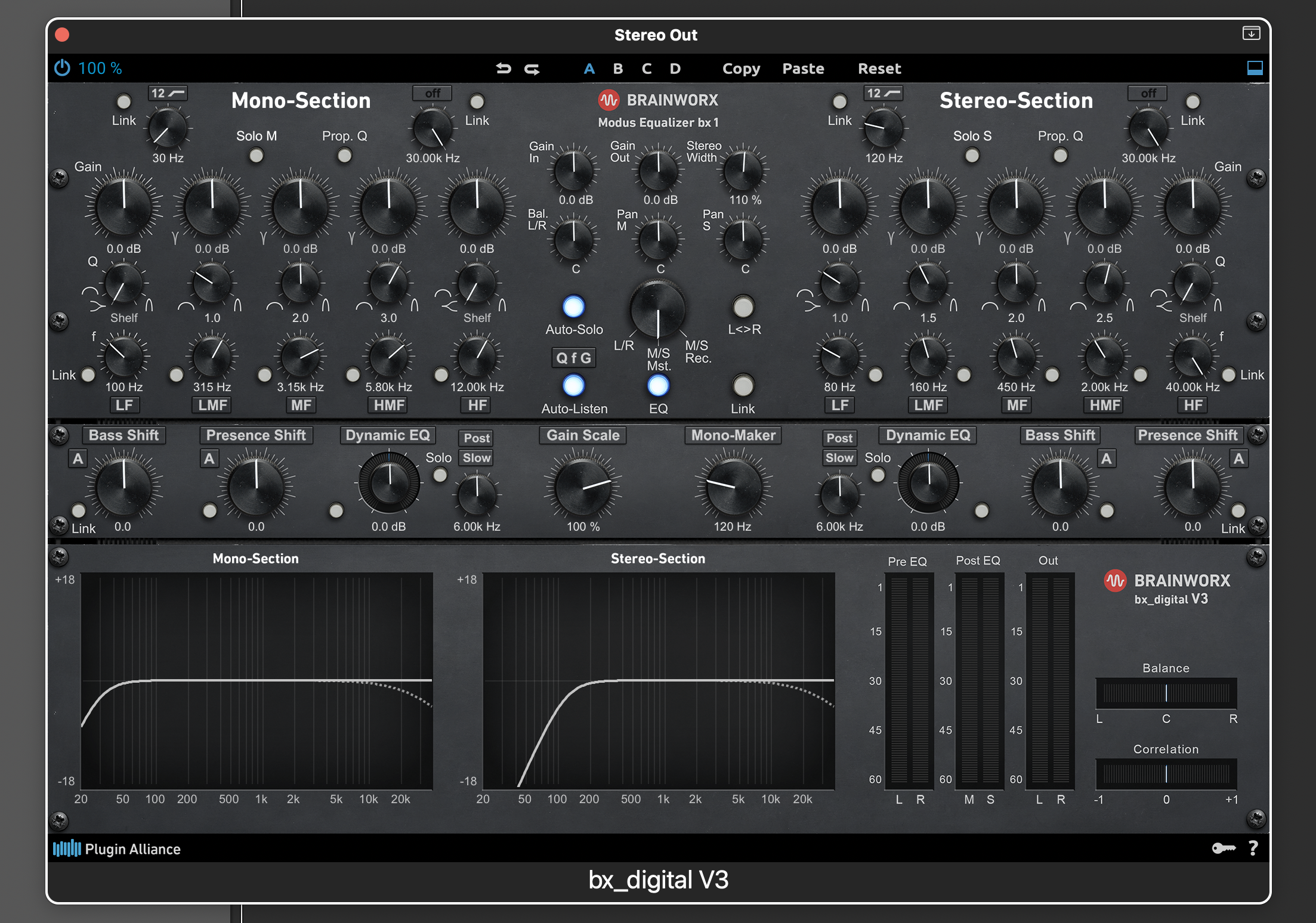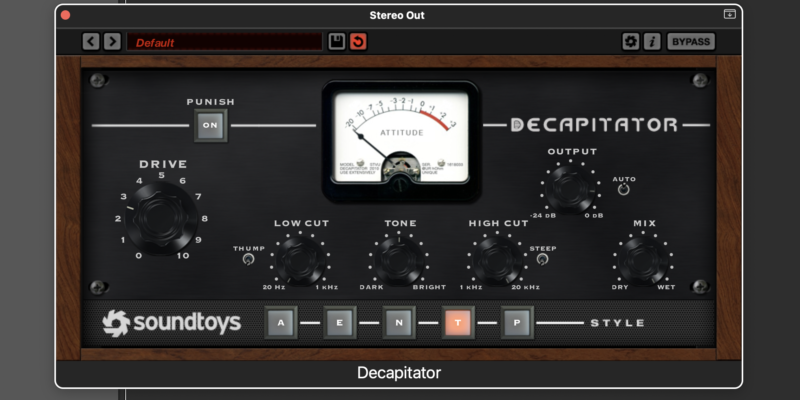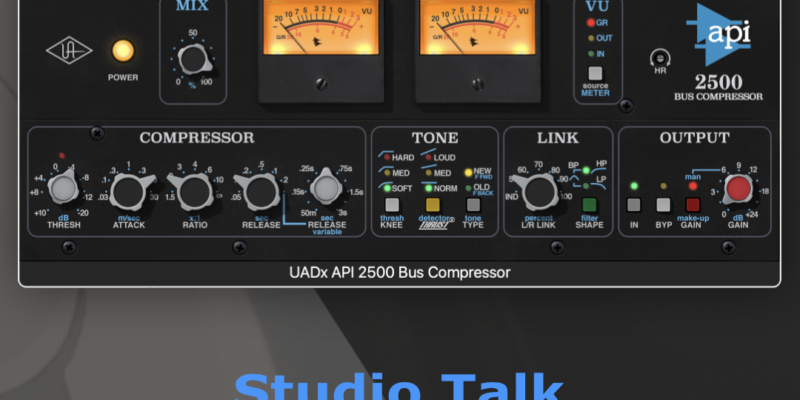Studio Talk #005 Mid-Side Processing
Mid/Side is a technique to adjust the mid (mono) and side (stereo) information of the audio separately. There are many reasons you would want to use Mid/ Side processing, for example to achieve a fuller, wider or more balanced mix.
A mix that is fuller and wider sounds “better” to the ear right? Creating a mix that sounds more present but with a more sonically interesting texture can add interest to the different sections of a song or enhance the arrangement of a track.
“The concept of Mid/ Side Processing comes from a mic technique by Alan Blumlein (1934). The idea was to recreate how the human ears hear a stereo image. Mid/ Side originally came to be used effectively as a recording technique to enhance ‘space’ before stereo playback existed”
I usually work with the wonderful Brainworx Bx_Digital or Fabfilter Pro-Q and/ or multiband compressor depending on the source material i am working on. Not only on the master channel but also in the mix these tools are very handy!
An audio tool like a EQ or Compressor that supports M/S processing creates two separate processes, one for the Mid (mono) information and one for the Side (stereo) information
Let’s talk about what you can do with a Mid/ Side EQ, if for example a wider sounding mix is what you are looking for you can off course do this by a variety of panning and stereo imaging techniques, but in this case the secret weapon is: Mid/ Side processing.
When the Side channels are boosted, the ear perceives a wider (stereo) sound and when the Mid channel is boosted, the ear perceives a more centered (mono) sound
Mixing with Mid/Side:
- If a track has multiple synth elements, route them to a bus channel, add a M/S EQ on the synth bus. Automate the M/S EQ to boost the volume of the side channel during a specific part like the chorus section, or other sections of the track. This makes the synths sound bigger without adjusting panning, as a result these sections sound bigger.
- A slight volume boost to the side channel on percussion can enhance the presence, or a slight boost to the mid channel might enhance the snare/ toms in the mix.
- On any stereo instrument, a high frequency EQ boost on just the side channel makes the ‘wider’ elements sound brighter. A highshelf work best. This helps to add clarity to a sound, without altering the signal too much.
Mastering with Mid/Side:
- If a mix sounds muddy, try reducing the low frequencies in the Side with a low shelf/ cut filter. This might be useful to EQ the muddiness out of your mix while preserving the bass and kick drum in the center of the mix.
- If the compressor on the master is struggling and is narrowing or squashing the stereo signal to much, try using a Mid/Side compressor to apply less compression to the side channel than the mid channel. Heavy energy in the center of a mix, where the kick and bass are can cause a compressor to kick in to hard and actually destroys the transient in the stereo signal. This technique helps avoid that problem, its a good thing to leave the transients in the side so you can really pick them up in the mix.



